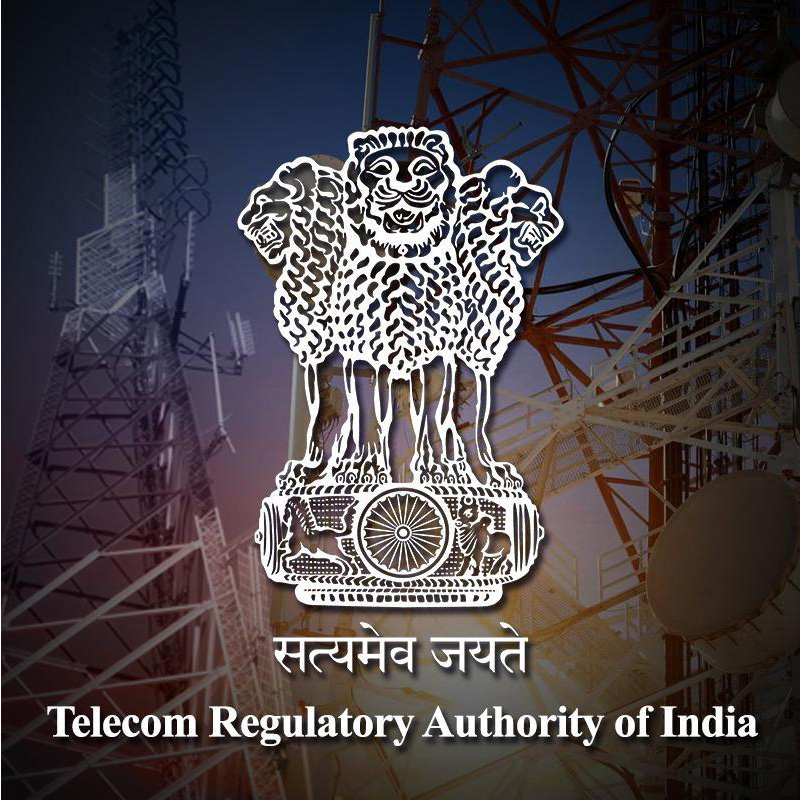INX's news channel NewsX launches
NEW DELHI: NewsX, the English news channel from the INX Media’s stable, has gone on air since 9 am this morning.
NEW DELHI: The Telecom Regulatory Authority of India (Trai) will make another attempt at formulating regulations on cross ownership of media - print, television, radio and new media.
The sector regulator is working on a fresh comprehensive consultation paper on cross media ownership that will seek views on both vertical and horizontal integration of ownership of media.
Trai chairman Rahul Khullar said there was a definite need for regulations which were customised to the Indian scenario on cross ownership of media and not borrowed from in other countries. He said the regulator would draw up rules and regulations on cross ownership of media after the views of stakeholders are received.
Earlier in 2008 Trai had released a consultation paper on media ownership, seeking views from the industry players. He wondered why the government was "dragging its feet" on regulating cross ownership of media.
Addressing a Roundtable on Cross Media Ownership, Khullar said technology was moving at a fast pace and the presence of media was overwhelming in many ways. He, however, said any rules or regulations had to be done in a manner which will not affect the freedom of the press and will also safeguard content.
He flagged certain issues that would be kept in view while drawing up the regulations. These included conflict of interest, domination in and by the media, reduced competition because of the presence of media magnates, and the need for plurality of content and ownership which was essential to the freedom of the press.
Khullar said the regulator would, with the help of the Competition Commission of India (CCI), attempt to ensure that there are a minimum number of mergers and acquisitions. A consultation paper will spell out restrictions, make mandatory disclosure requirements, spell out levels of market share which will ensure plurality and diversity, list general disqualifications, recommend how cross media ownership can be dealt with, set rules for disaggregated markets, and ensure minimum mergers and acquisitions.
He said vertical concentration meant cases where the producer of content and the distributor of that content were both owned by the same individual or business house as this created a monopoly. Horizontal concentration implied all forms of media - print, radio, television, and new media - owned by the same group/individual. He pointed out that horizontal concentration was barred in most countries.
Horizontal concentration could lead to lack of diversity in content, and could lead to play of market and extra-market forces which could bring in political influence as well, he said.
He said in most countries, advertising agencies and political parties were not allowed to have stakes in the media, and newspaper owners and broadcast owners were not allowed to have stakes in other media. Furthermore, there was restriction on foreign ownerships, and individuals were not permitted to control a majority.
Answering a question, he said ways could be found to deal with those magnates or corporates who already had large concentration, vertically as well as horizontally.
Bharatiya Janata Party Member of Parliament Prakash Javadekar, who was a member of the Paid News sub-committee of the Press Council of India, said self-regulation and not government regulation was necessary if freedom of the press had to be ensured. He also made a plea for enlarging the Press Council into a Media Council that included the electronic media, though he admitted that television channels were opposed to this.
INX News Editor Jehangir Pocha stressed the need to define cross media ownership, and to decide who can own the media: mediapersons, tycoons, or corporates.
Administrative Staff College of India, Hyderabad‘s Paramita Das Gupta, which had prepared a study on cross media ownership on behalf of the Information and Broadcasting Ministry, said the report had clearly established that there was large scale concentration in a few hands, both vertically and horizontally.
She named Sun TV, Essel Group, Star India, and reliance ADAG as the top houses with large-scale horizontal and vertical cross media ownership, while five major groups - which she did not name - owned the largest number of TV and radio channels.
She referred to the Broadcast Services Regulation Bill 2007, and wondered how the government had arrived at the figure of 20 per cent cross-media ownership.
She said that a sectoral convergence regulator was necessary to check cross-media ownership and should work in tandem with the Competition Commission.
Assocham National Council on Communications Convergence chairman TV Ramachandran wanted social networks also to be regulated to avoid misuse.
Competition Commission Member R Prasad said the theory of public interest generally means government control. Pluralism was necessary and the stranglehold of a few had to be stopped. The Competition Commission came into the picture only when consolidation happened in any sector, with the aim of preventing monopoly.
Hindu‘s Siddharth Varadarajan said unfair practices had taken strong roots in the media, beginning with the price wars and then paid news. The choice had become limited despite the number of publications and TV channels. He said technology was ahead of regulation and therefore the government should act quickly.

 switch
switch
 switch
switch